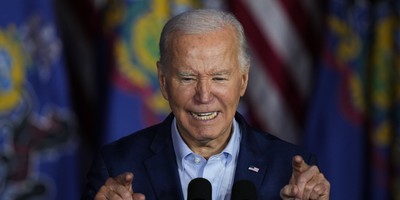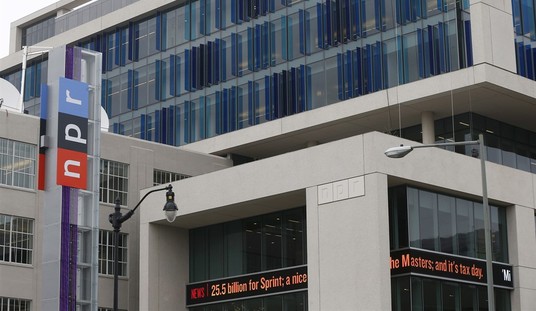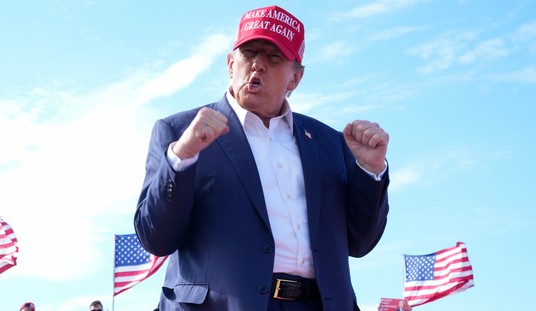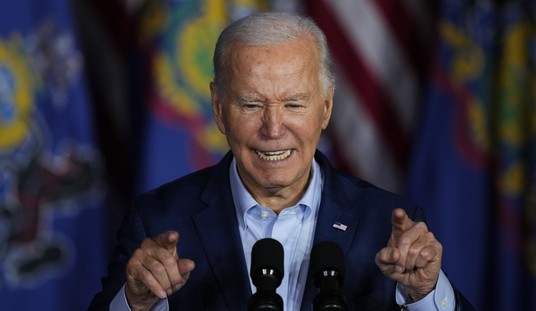The Dec. 7, 1941, Japanese surprise air strike on Pearl Harbor and subsequent attacks on American bases in the Philippines dealt U.S. naval and air forces a savage material blow.
For six months, Japan maintained what military analysts call "the strategic initiative." Japan acted, the U.S. and its allies reacted. Japanese forces, with their fast aircraft carriers providing the offensive muscle, seized territory and threatened allied lines of communication in the central, western and southern Pacific. Japanese commanders determined when and where major combat action would occur.
The heady, fast-paced and sensational days of Japanese offensive superiority lasted until the first week of June 1942, when the U.S. Navy skillfully ambushed an advancing Japanese fleet near Midway Island. The Battle of Midway ended on June 7 with four Imperial Japanese Navy carriers on the sea floor and the rest of the battered Midway invasion fleet retreating west toward Japan.
The strategic initiative had shifted. Where and when major offensive action occurred became American decisions.
U.S. intelligence discovered that Japanese troops were building an airfield on the island of Guadalcanal, in the Solomon Islands east of New Guinea. Guadalcanal and its small neighboring islands, Tulagi and Gavutu-Tanambogo, became the first offensive where.
Recommended
Seventy years ago this month became the when. The 70th anniversary of the Guadalcanal invasion may not seem particularly significant, until we realize that by the 80th anniversary, the World War II generation will be gone.
On Aug. 7, 1942, the 1st Marine Division waded ashore on Guadalcanal and the Japanese garrison disappeared into the island's jungle. The Marines 1st Parachute Battalion hit Gavutu-Tanambogo. First Raider Battalion and 2nd Battalion, 5th Marine Regiment landed on Tulagi.
The U.S. had previously struck back at Japanese territory with carrier air strikes on Japanese-held islands and the spectacular Doolittle air raid on Tokyo in April 1942. The Doolittle raid was a truly sensational operation, but a psychological counter to Japan's military and political successes, not a decisive military response.
At Guadalcanal, Tulagi and Gavutu, however, America was engaged in an actual take-back.
Take-back proved to be anything but heady and fast-paced. The Marine's who captured Guadalcanal's airfield (and renamed it Henderson Field) quickly discovered the island was a tropical morass of mud, jungle, oppressive heat and insects. In his official history of the battle, Samuel Eliot Morison described the island as the "happy hunting grounds of the malaria carrying mosquito," with vegetation that "gives the island a strange leprous appearance."
On Tulagi and Gavutu, however, the Japanese didn't flee. They resisted, fiercely. The troops on Tulagi were rikusentai -- Special Naval Landing Forces. First Raider's commanding officer, Lt. Col. Merritt A. Edson, had observed Japanese soldiers fighting in China, so stiff resistance didn't surprise him. As retired Marine Col. Joseph Alexander noted in his book "Edson's Raiders" (Naval Institute Press, 2001), the Raiders were prepared for night attacks and camouflaged log-and-coral fortifications.
"Yet there was one dramatic element of the Japanese defense of Tulagi," Alexander wrote, that neither Edson "nor anyone else in the Pacific anticipated. The Japanese defenders of the small islands, from Tulagi and Gavutu to Tarawa and Saipan, would fight to the death -- or commit suicide -- rather than surrender. ... The battle for the small islands of Tulagi and Gavutu ... provided a sobering foretaste of the battles to come across the Central Pacific."
Alexander could have added other Pacific island bloodbaths. Japanese defenders on Tulagi utilized caves and conducted local counterattacks in a manner that prefigured their bitter defense of Okinawa.
The Japanese Navy surprised U.S. naval forces near Guadalcanal on Aug. 8. The U.S. Navy temporarily withdrew, leaving the Marines short on heavy weapons and supplies. Japan ultimately reinforced the island. Subsequent Japanese Army attacks on Henderson Field were as ferocious as the death-fight on Tulagi.
The battle for Guadalcanal would last six months, until February 1943. It was a hard slog, anything but sensational. Securing victory over Japan would take another two-and-a-half years of slug-it-out perseverance. Japanese fanatical resistance exacted heavy casualties, which America accepted as the price of victory in the Pacific. Only the sensationally destructive atomic bomb attacks of August 1945 prevented the final battle for Tokyo from being a Tulagi and Okinawa writ large.
























Join the conversation as a VIP Member